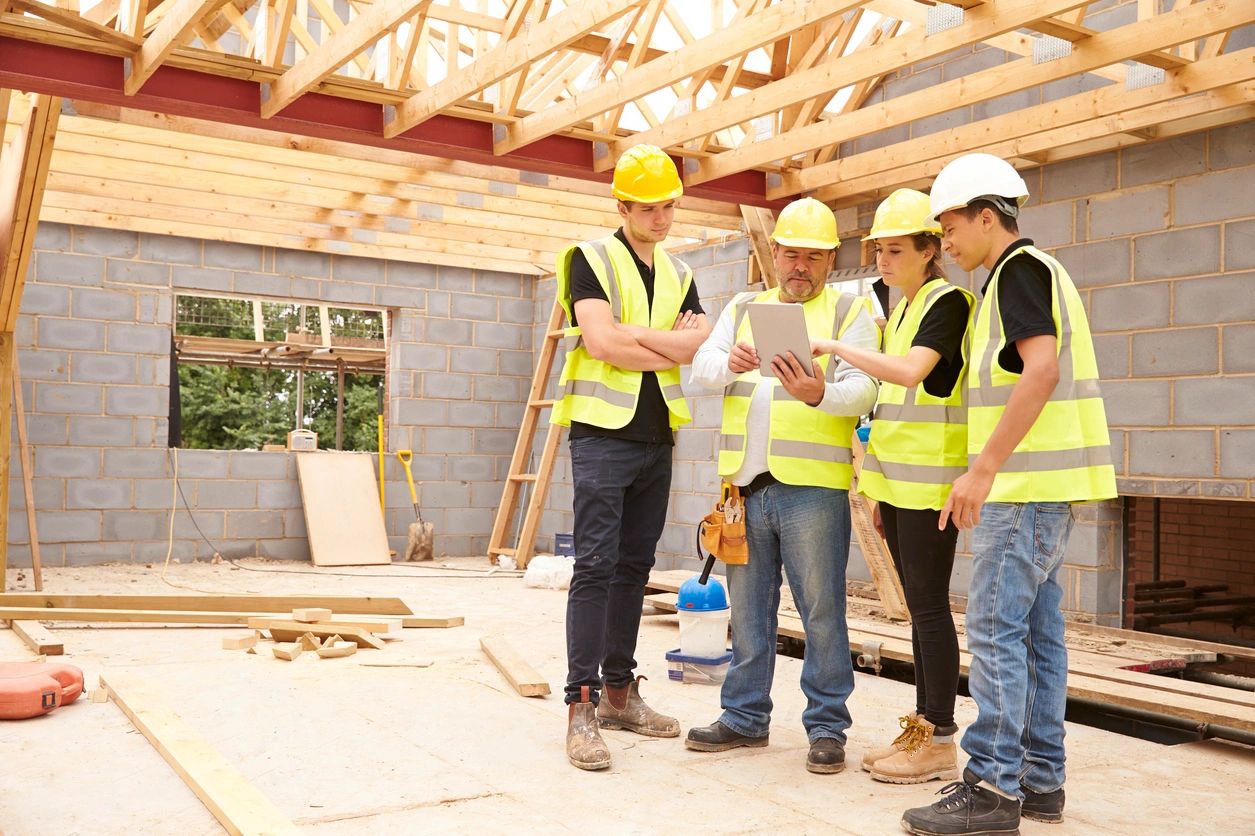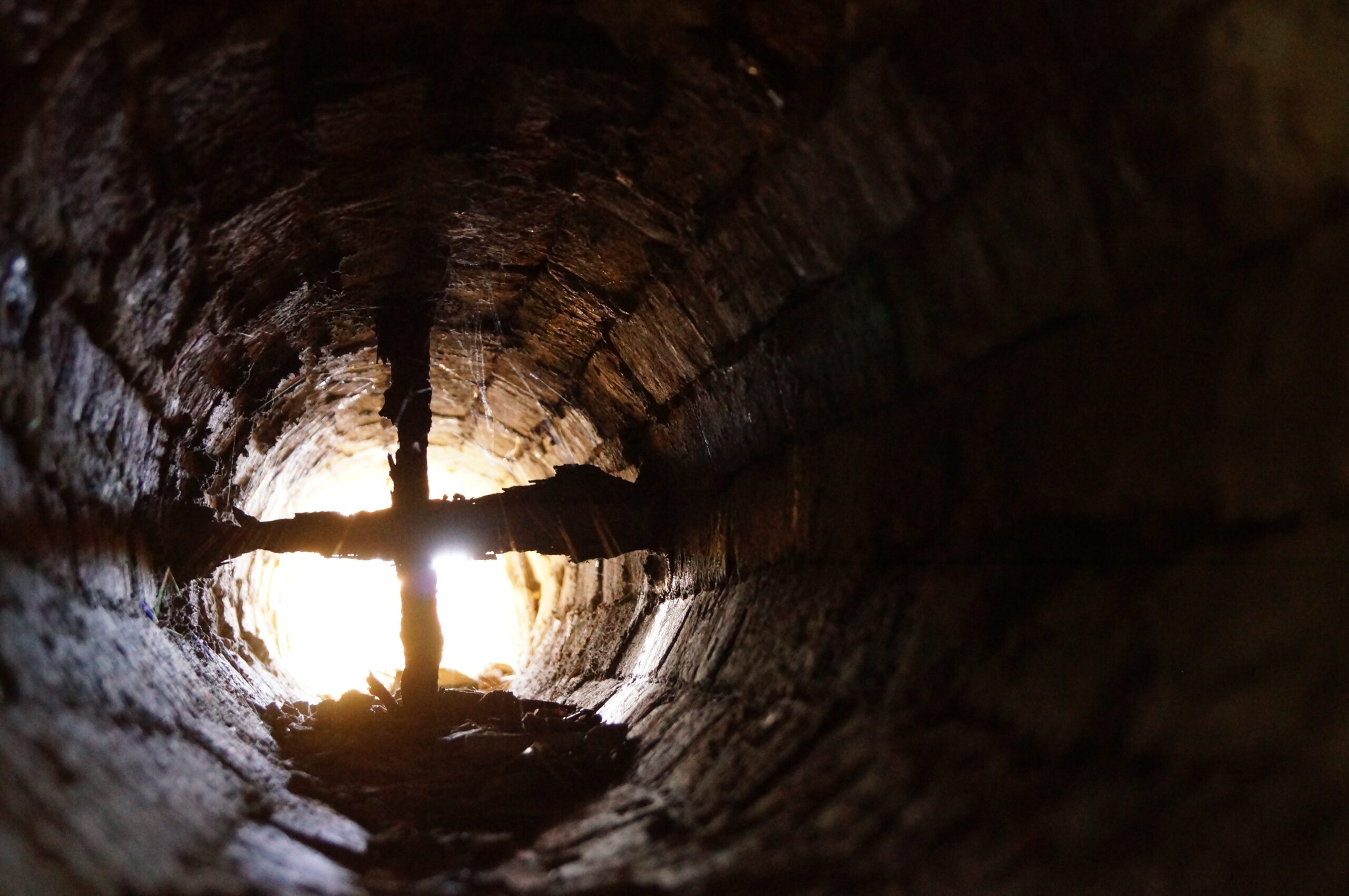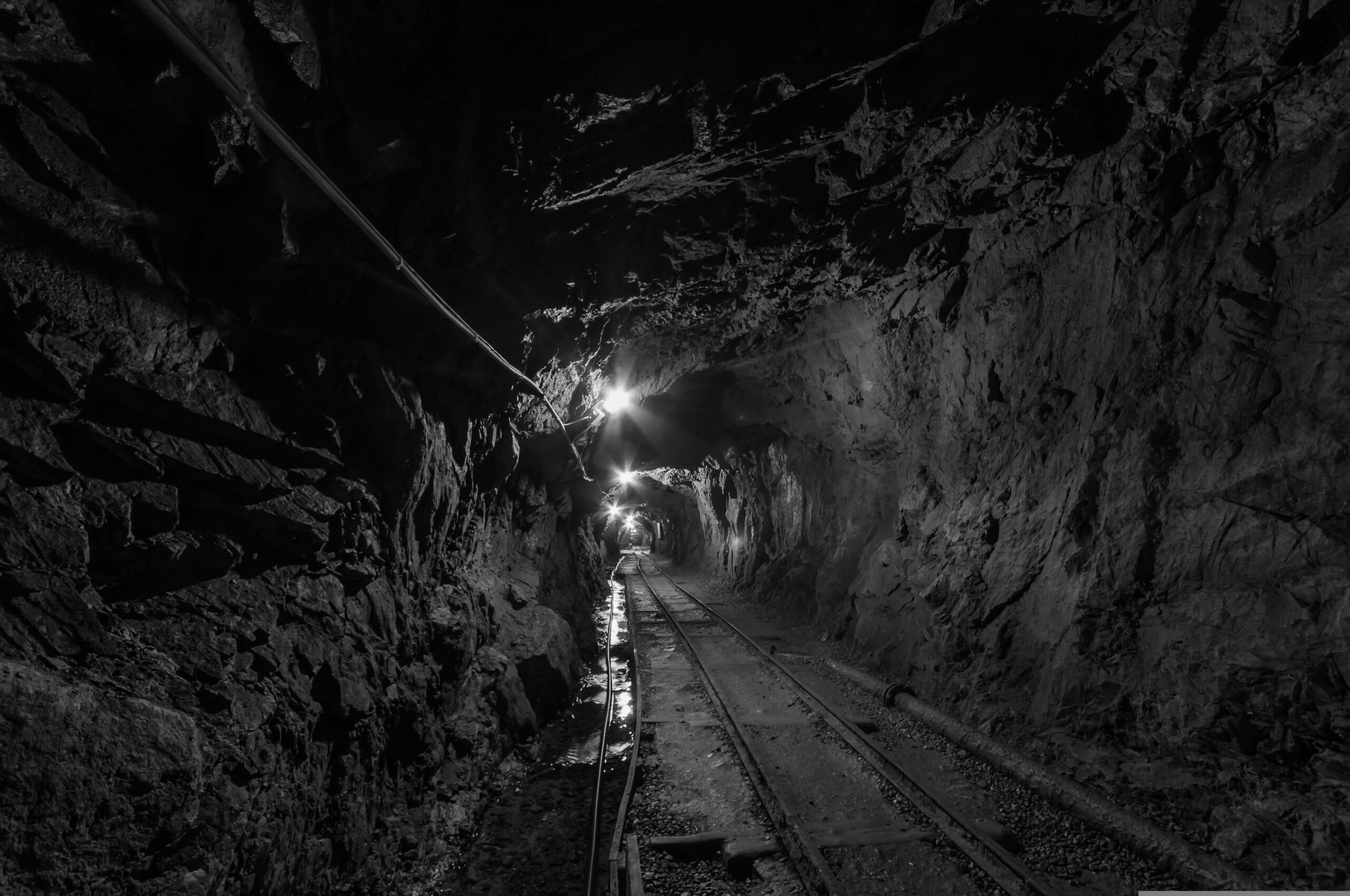
Story 1: Starting my Career as a Geotech Engineer
In 2011, when I joined a Mining MNC company in India, I had the opportunity to work as an operation engineer. My responsibility was mainly on HEMM’s fleet management, haul road management, dewatering, dumping, drilling activity management etc. At that time, I didn’t have any idea about geotech engineer and geotechnical engineering. From 2011 to 2014, I continuously worked there with the same responsibility in 3-shift operations. Initially, it was very difficult for me to digest all the activities which were running in mining operations because of many reasons.
Challenges faced-
The first one is the language barrier. In the maximum mining industry, shopfloor workers generally communicate with each other through their mother tongue, and in my case it was Rajasthani. Although the Rajasthani language is slightly similar to Hindi, the accent was completely different. The second thing was the completely different climate and food. I am from the eastern part of India (west Bengal). You can easily understand how much different the climate is from east to west, around 2000km from my home town. But somehow I managed and showed my dedication in day-to-day activity which was noticed by my manager and after 3 years my manager gave me an opportunity for a geotechnical training.
Initially, I thought- it was normal training for a short period, maybe for 3-4 days or one week, but when my manager told me that it is a complete one-year’s intensive course, I was a little bit nervous about the proposal. The reason was the bond for the next 3 years. I got an official mail to sign a bond paper against the training of 1 year at an institute- Indian School of Mines, Dhanbad; a reputed scientific institute for mining engineering.
Finalization of the training-
Ultimately after a lot of discussions- management reduced the bond period to 2 years. A total of 15 mining engineers and geologists were selected for the intensive course. The name of the course was- “An intensive course on rock mechanics in hard rock mining”.
I booked my train ticket in Purba Express and started my journey from Rajasthan to Delhi and Delhi to Dhanbad for the training and on 1st January 2014, I reached Dhanbad. On the first day, when I entered my room at the Executive development center- I had no idea about the happiest part of my life.
Training course-
This training was the key to my career as a Geotech Engineer. The total course was divided into 4 parts- 1st 3 months was classroom training and then the next 3 months was practical training. Again next 3 months were classroom training as well as field training in various mining industries and the last 3 months were on projects. Our classroom training was from 9 O’clock in the morning till 5 O’clock in the evening. The first 3 months I really enjoyed the flow of life, there in the Executive Development Centre. We used to start our day from morning 9:00AM. Generally, our duty hours was from 7:45AM in our company till 6 PM in the evening, but here it was from 9:00 AM. If you are an engineer you can understand the happiness of getting an extra hour to sleep in the morning time and we were not different.
Happy Moments-
We were getting hour monthly salary as usual. Not only the salary but also the incentives and extra pocket money. Can you imagine? An engineer is doing classroom training like a college student and getting paid fully with extra pocket money. At least I didn’t have any idea about this situation and really enjoyed every moment in the first 3 months period.
After 3 months we returned back to our workplace in Rajasthan and took small-small projects on the topics which we learned at Indian School of Mines. I took a project on “blast damage criteria. After 3 months again we reached the institute and started classroom and practical training. Our practical training were both in laboratory as well as on field training. We visited various coal and metal mines in the eastern part of India. We visited Narwapahad mines of UCIL, Jaduguda, Khurda mines of HCL etc. and we also visited various coal mines.
But till then we were just enjoying the moments without a deep understanding of the fundamentals of geotechnical engineering. The real understanding came when we started working on real problems. After visiting so many mines and after understanding their practical problems, we started thinking about the solution, but at that time we didn’t have any solution, we just understood the problems. A clear understanding of problems was the pillar of our carrier as a geotech engineer.
You can see this post also– https://waartsy.com/how-a-geotechnical-engineer-confirms-the-stability-of-a-slope-through-numerical-simulation/
In the next part (story 2)- I’ll share my experience, how I took a project on the combination of Geotech and blasting, and how I came to a solution to a practical problem.
Cont…
![]()


